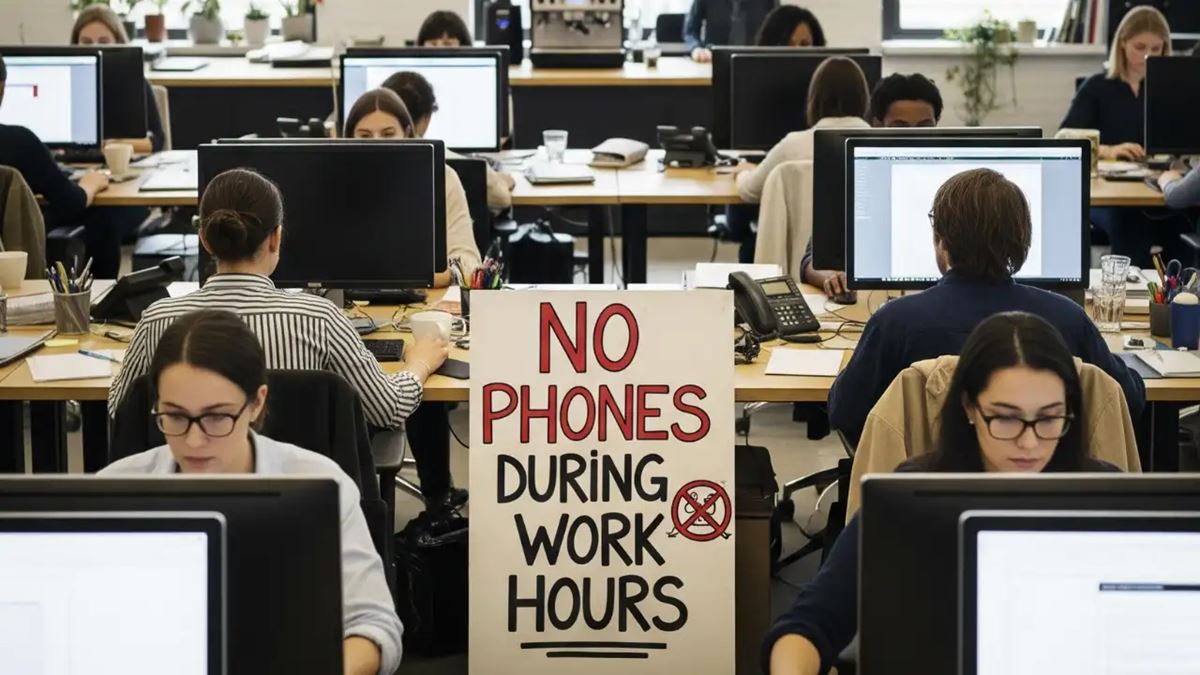With jobs hard to come by on both sides of the Atlantic, applicants are spending money on everything from recruitment site subscriptions to career coaches and resume-writing software, to stand out from the crowd.
“I’d guess I’ve spent around $6,000 [£4,500] on job hunting,” says Giovanna Ventola who is 35 and lives in North Carolina.
With more applicants chasing fewer roles, Ventola is one of many jobseekers on both sides of the Atlantic who are turning to paid tools to help them secure work.
She says she has spent money on everything from resume/CV writing software, to interview training courses, and premium access to job-search websites. “I was doing more than just submitting applications,” explains Ventola, who has been searching for a job in commercial real estate. “There were lots of services that I paid for.”
Those in the recruitment industry believe this growing trend is linked to a slow job market.
In the US it now takes an unemployed person an average of six months to find a new position, according to official figures. That is up from five months last year. Meanwhile, Canada lost 66,000 jobs in August, pushing its unemployment rate up to 7.1%.
In the UK, job vacancies fell by 9,000, or 1.3%, in the three months to September, official data showed. This was the 39th consecutive period in which job openings had declined compared to the previous three months.
I signed up to a premium jobs service as it allows you to talk directly to HR managers, and I’ve also got a graphic design subscription, which allows me to make high-quality CVs and portfolio work – Kaycia Duncan
It’s having a knock-on effect on job-search platforms like LinkedIn. “Premium subscriber growth has increased nearly 50% over the past two years, and almost 40% of subscribers have used our AI features to improve their profiles,” LinkedIn told the BBC.
With job interviews proving elusive, Ventola began sharing her experience on TikTok last year. “I wasn’t sure what to do, so posting on social media became a way of answering my own questions and troubleshooting for myself. Very quickly, I realised I wasn’t the only one going through this.”
Kaycia Duncan, 30, can relate. She lives in Buckinghamshire in the UK, and has struggled to find work in marketing for more than a year.
“Honestly, it feels disheartening. I have good credentials and previous work experience, and I think that highlights how tough the market is.”
Like Ventola, Duncan has also been investing in tools that she believes will strengthen her job prospects, spending around £30 per month. “For me I justify the costs as it’s similar to an affordable gym membership,” she says.
“I signed up to a premium jobs service as it allows you to talk directly to HR managers, and I’ve also got a graphic design subscription, which allows me to make high-quality CVs and portfolio work.”
In the meantime, she has taken on temp work and launched a YouTube channel sharing her job-seeking journey, while continuing to submit applications.
“It ebbs and flows,” says Duncan, “but I’ve submitted over 200 applications. I originally started tracking them, but I think when it reached around 180, I just didn’t have it in me to keep track anymore.”
While Duncan has yet to find a new full-time job, she believes that the money she has spent on job hunting has been worth it. “Any small thing could make a difference.”
Back in North Carolina, Ventola has seen her TikTok videos on jobhunting rack up hundreds of comments from other people also struggling to find work. One reads: “I’m 52. I was let go in June from a company I worked for a little over 20 years. I am terrified, mentally unwell and no idea what to do.”
It provided the spark for Ventola to start a not-for-profit community called Rhize last year. Via its free website, job seekers can network with one another and share tips on what has and hasn’t worked for them, especially when it comes to paid tools.
“A lot of people have paid for AI job search tools that help them optimise their resume and applications,” she says. “A lot of people have paid for tools that track how many jobs they’ve applied for. A lot of people have paid for career coaches.”
Just applying for a role and waiting for someone to respond is not enough – Nancy D’Onofrio
Ventola’s jobhunting community has grown to more than 4,000 people around the world. She says that 80% are in the US, with the remaining 20% mostly split between Canada and the UK.
The experiences of Ventola and Duncan come as employers increasingly hold more power than jobseekers.
“We have seen the shift from a candidate market in the past three years, to more of an employer-driven market,” says Nancy D’Onofrio, director at Randstad, the multinational HR and staffing company.
“There are far less opportunities and there is far more available talent in the market, so it’s a really competitive job search,” she adds.
D’Onofrio, who is based in Toronto, points to advances in AI as one reason why finding work has become more difficult, a view shared by fellow recruiter Nicole Leeder, senior talent consultant at Adecco.
“Roles are changing as companies’ visions are changing,” says Leeder, who is based in Boston. “It has a lot to do with the rapid explosion of technology. Very few employers today can identify the skills they think they will need in five years.”
One area where jobseekers are spending more money is on a career coach. These are trained professionals who can help to guide a person on applying for a job, and what they want from their working life more generally.
Miriam Groom is a Canadian career coach. She says her business has grown “exponentially” in the past three years.
“We specialise in working with burnout candidates, the ones who are depressed and unhappy in their jobs,” she explains.
But Groom is noticing a shift, where more clients are coming to her after losing jobs. “It used to be 70% burnout, 30% job seeker, but now it’s around 50/50 because the number of layoffs that are happening across Canada.”
She’s also seeing a spike in people trying to retrain for roles less likely to be replaced by technology. “When we work with candidates, we look at their skills and match them to jobs that will be in demand for the next 20 years.
“There are jobs we already know will disappear,” Groom explains. “Sometimes there’s a role that seems perfect for a client, but we’ll be honest and say: ‘let’s focus on this sector instead’, because that’s where demand will be.”
Honestly, I don’t think any of my investments were worth it if I measure them strictly in dollars. [But] what they did do was open my eyes to adjacent opportunities – Giovanna Ventola
So how do you stand out in a tough jobs market? “Just applying for a role and waiting for someone to respond is not enough,” says D’Onofrio.
She doesn’t believe candidates need to spend money though. Her advice is to contact hiring managers, attend networking events, and use free online tools to strengthen resumes.
D’Onofrio also warns jobseekers to watch for scams when being approached by career coaches and CV experts. “Be cautious, because I’m hearing about individuals taking advantage.”
She recommends investigating any coach before paying them. “Always check their testimonials and look at how they engage with their audience.”
However, whatever you spend your money on to stand out from the job-seeking crowd, Ventola cautions that it still might not help. She isn’t sure about her financial outlay, for example.
“Honestly, I don’t think any of my investments were worth it if I measure them strictly in dollars. [But] what they did do was open my eyes to adjacent opportunities, and push me to think outside the box.”
Source – https://www.bbc.com/worklife/article/20251020-the-growing-costs-of-applying-for-a-job




















